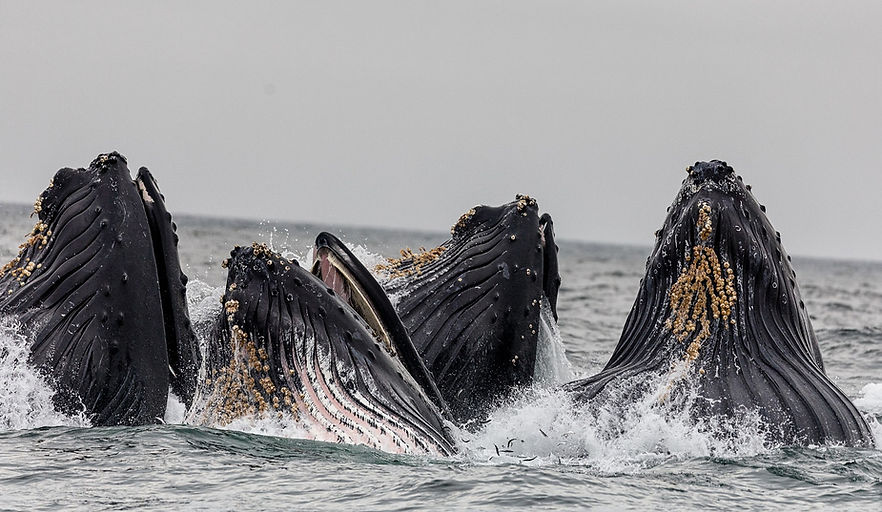


WAVE: enhancing the resilience of Arctic whales
Shipboard visitors to the Arctic are routinely rewarded with sightings of whales, such platforms afford a unique opportunity to both collect data, provide training to expand observation and monitoring efforts and disseminate scientific knowledge to both the wider public. By understanding where, when and which species and populations are being encountered we can use this data to inform conservation actions for managing human activities such as shipping, fishing and tourism that pose an emerging risk to whales in Arctic waters from threats such as collision, entanglement and noise pollution.
This is the first stage of an initiative aimed at establishing a coordinated ship-based monitoring program for cetaceans in the Arctic, initially this pilot will be in collaboration with HX Hurtigruten Expeditions with potential future expansion to other Arctic vessel types. Scientists will join expedition vessels to collect data during whale encounters (including species, behaviour, number and composition of individuals (ID photographs where possible), geo-reference). Working alongside the expedition team they will provide unique educational opportunities for guests through lectures, demonstrations, opportunities to help with data collection and analysis of scientific data (e.g. access to real-time interactive maps). It will build on existing efforts to bring together scientific experts, policy makers, industry, conservationists, and educators to generate new knowledge and understanding of impacts on cetaceans in the Arctic.
As a part of the WAVE Project, we are dedicated to conducting in-depth research and initiatives that will further our understanding the behavior, distribution, and population trends of cetaceans in the Arctic. Our team is committed to providing comprehensive insights into the species encountered by vessel opperating within high Arctic waters to help guide the development of vessel management and viewing practices in remote waters. Through our collaborative efforts with expedition operators, we aim to utilise Arctic bound ships as a platform for sharing knowledge, collecting data and promoting sustainable practices for the protection of Arctic cetaceans.
